1. After the merger, how many provinces and cities will remain the same?
- 90%
- 100%
- 110%
- 120%
According to Resolution 60 of the 13th Party Central Committee, 11 provinces and cities will remain the same, including: Hanoi, Hue, Lai Chau, Dien Bien, Son La, Lang Son, Quang Ninh, Thanh Hoa, Nghe An, Ha Tinh, and Cao Bang.
Among these, Hanoi, Hue, Nghe An, Ha Tinh, Thanh Hoa, and Son La meet all three criteria on area, population, and administrative units according to regulations of the National Assembly Standing Committee.
The remaining provinces did not meet one or two criteria, including Dien Bien and Lang Son, Quang Ninh, Lai Chau, and Cao Bang.
In the Government's Project on administrative unit rearrangement and reorganization on April 14, the Central Government did not reorganize Cao Bang because the province has a long border with China, complex and rugged mountainous terrain with nearly 95% of the population being ethnic minorities. Furthermore, the provinces bordering Cao Bang have all merged with other localities, or are not suitable for merger.
2. Which province or city is the smallest in the country after the merger?
- Ha Nam0%
- Bac Ninh0%
- Hung Yen0%
- Phu Tho0%
After merging with Thai Binh, Hung Yen province became the smallest province in the country. However, the economic scale of this merged province is among the leading ones in the country. Both Hung Yen and Thai Binh are located in the Red River Delta region. After the merger, Hung Yen province (new name proposed) will have a total area of 2,514.8 km2. The political and administrative center of the merged province will be located in the current Hung Yen province.
3. Which province or city is expected to be the most populous after the merger?
- Thanh Hoa0%
- Dong Nai0%
- Ninh Binh0%
- HCMC0%
Currently, Thanh Hoa is the most populous province in the country with 3.7 million people. However, after the merger, including 6 centrally-run cities, Ho Chi Minh City (including Binh Duong, Ho Chi Minh City, Ba Ria - Vung Tau) is the most populous in the country with more than 13.6 million people.
Considering the provinces, Dong Nai (composed of Dong Nai and Binh Phuoc provinces) will have the largest population with 4.4 million people. Next is Ninh Binh province (including Ha Nam, Nam Dinh, Ninh Binh) with more than 3.8 million people.
4. How many new provinces and cities were merged from 3 localities?
- 30%
- 40%
- 50%
- 60%
The whole country is expected to have 6 new provinces and cities merged from 3 localities, including: Ninh Binh (merged from Ha Nam, Nam Dinh, Ninh Binh); Phu Tho (Hoa Binh, Vinh Phuc, Phu Tho); Lam Dong (Lam Dong, Dak Nong, Binh Thuan); Can Tho (Can Tho, Soc Trang, Hau Giang); Ho Chi Minh City (Ba Ria - Vung Tau, Binh Duong, Ho Chi Minh City); Vinh Long (Ben Tre, Vinh Long, Tra Vinh).
5. After the merger, which 3 localities are expected to have the smallest economic scale?
- Lai Chau, Dien Bien, Lang Son0%
- Dien Bien, Lang Son, Son La0%
- Lang Son, Son La, Cao Bang0%
- Cao Bang, Lai Chau, Dien Bien0%
Before the merger, Bac Kan was the locality with the smallest economic scale in the country, followed by Cao Bang, Lai Chau, Dien Bien. After the merger, the localities with the smallest economic scale are Cao Bang, Lai Chau, Dien Bien. Of which, Cao Bang has the lowest with over 25,200 billion VND. The remaining two provinces both have a scale of over 31,000 billion VND.
Source: https://vietnamnet.vn/tinh-thanh-nao-du-kien-dong-dan-nhat-sau-sap-nhap-2393949.html


![[Photo] President Luong Cuong meets with Lao National Assembly Chairman Xaysomphone Phomvihane](https://vstatic.vietnam.vn/vietnam/resource/IMAGE/2025/4/25/dd9d8c5c3a1640adbc4022e2652c3401)
![[Photo] Liberation of Truong Sa archipelago - A strategic feat in liberating the South and unifying the country](https://vstatic.vietnam.vn/vietnam/resource/IMAGE/2025/4/25/d5d3f0607a6a4156807161f0f7f92362)

![[Photo] President Luong Cuong holds talks with Lao General Secretary and President Thongloun Sisoulith](https://vstatic.vietnam.vn/vietnam/resource/IMAGE/2025/4/24/98d46f3dbee14bb6bd15dbe2ad5a7338)
![[Photo] General Secretary To Lam receives Philippine Ambassador Meynardo Los Banos Montealegre](https://vstatic.vietnam.vn/vietnam/resource/IMAGE/2025/4/24/6b6762efa7ce44f0b61126a695adf05d)







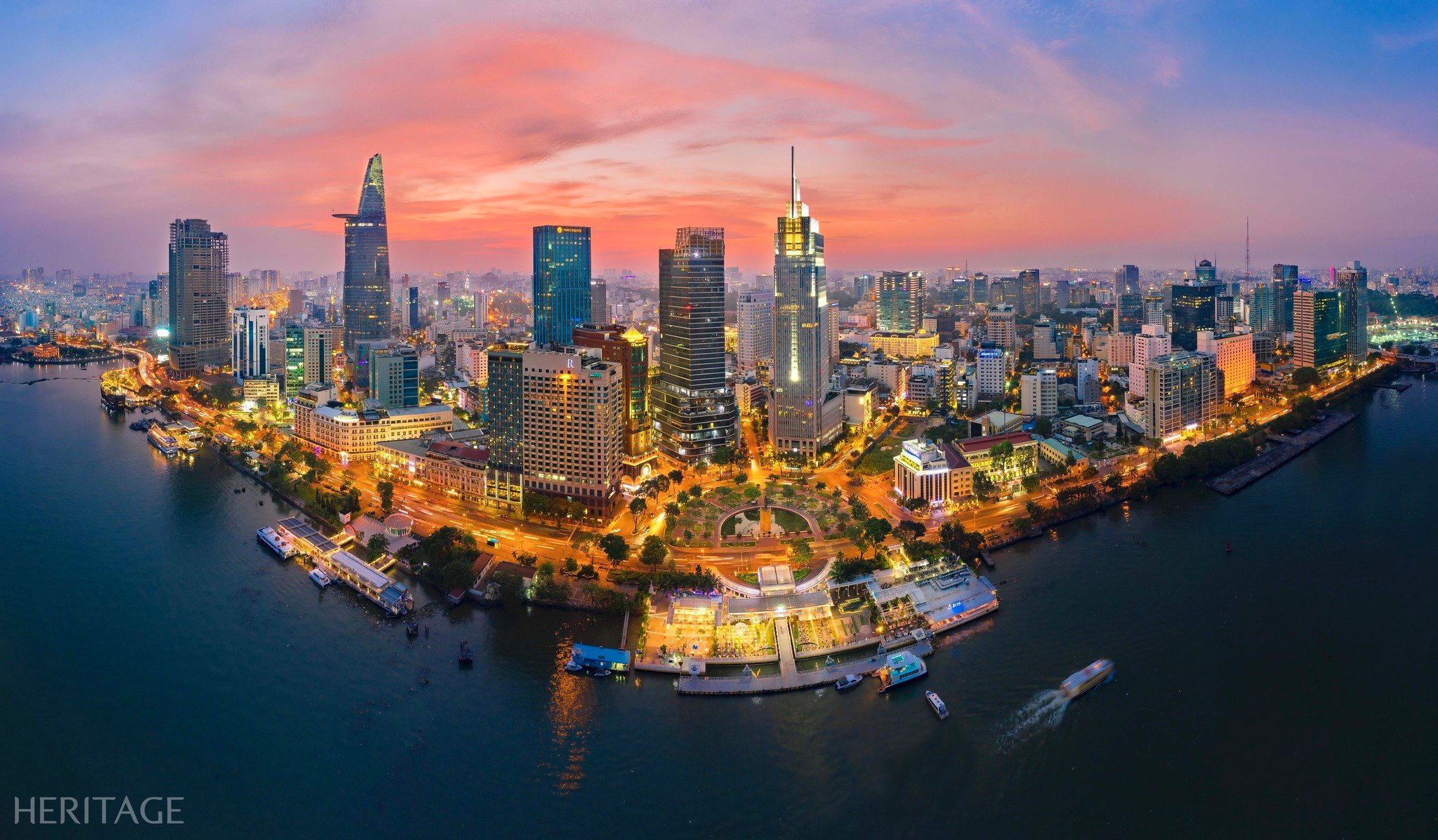



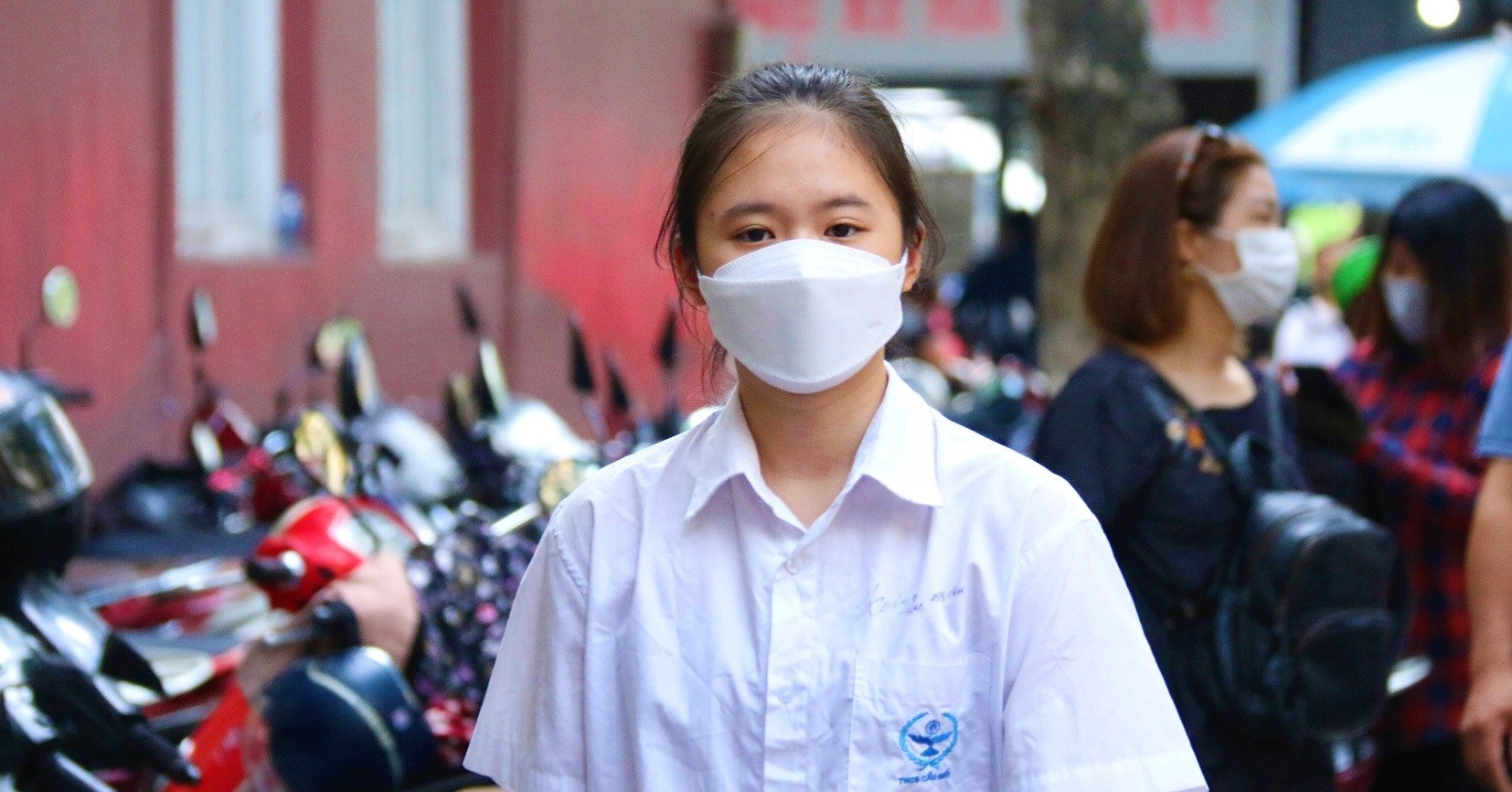




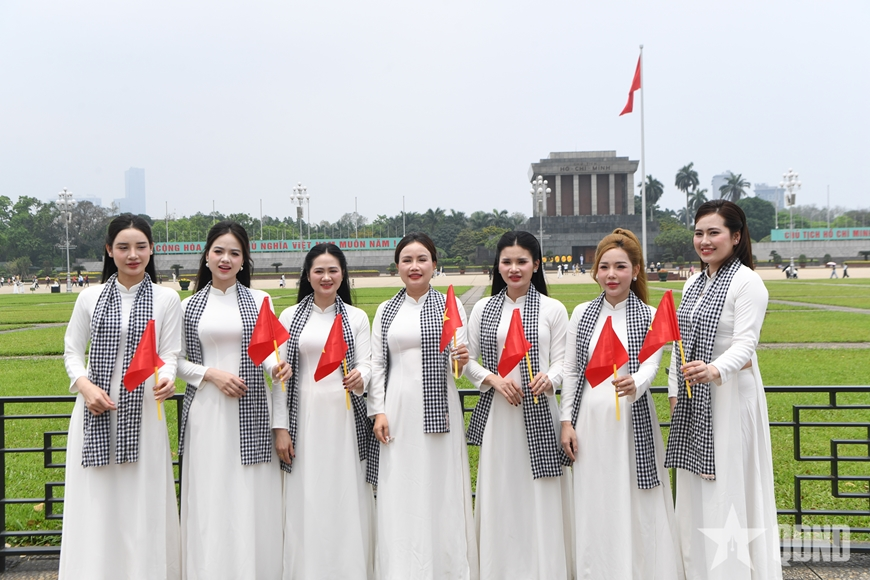
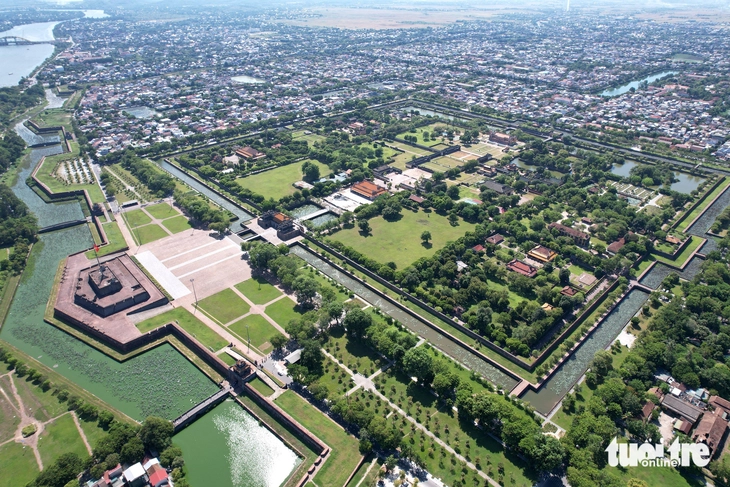






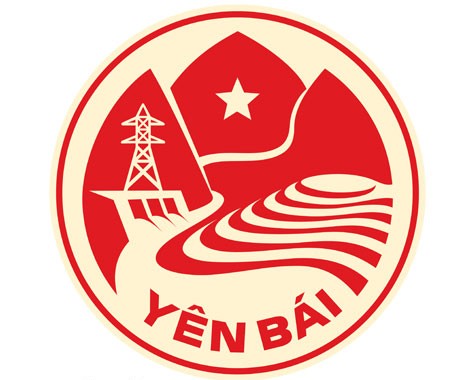



















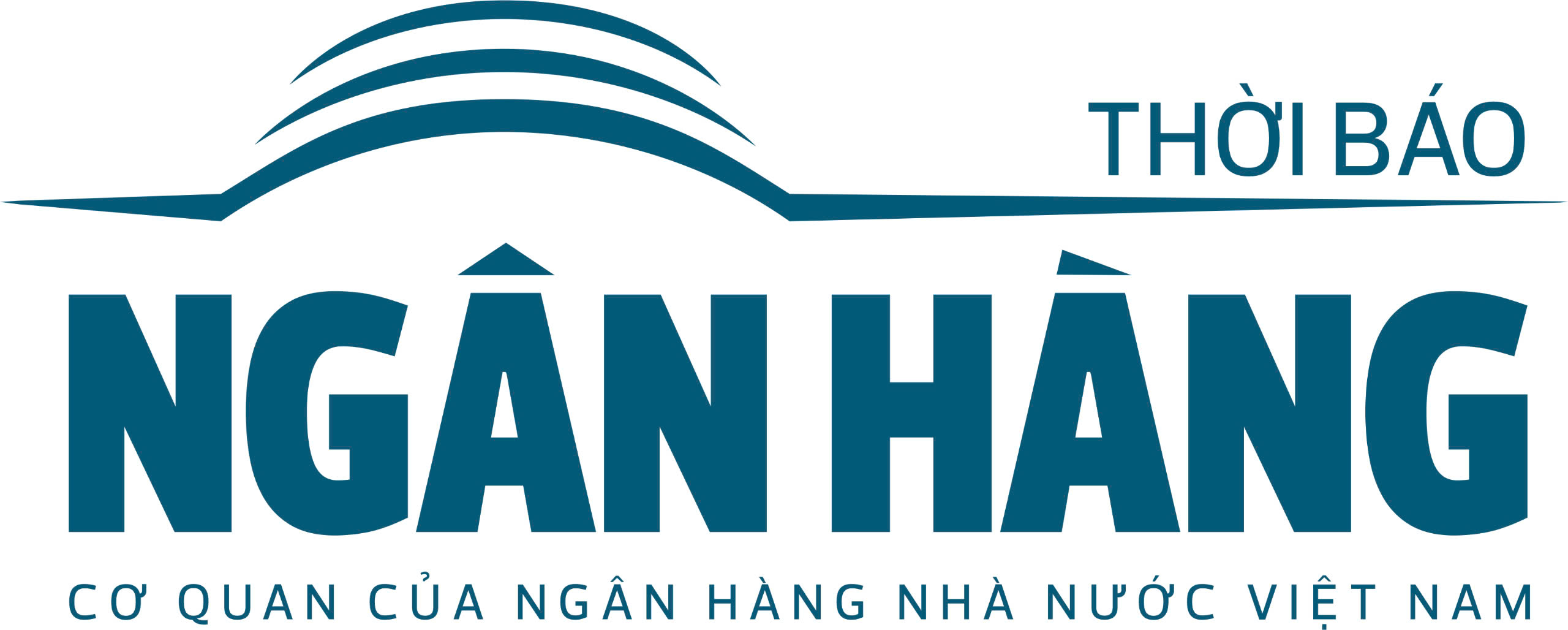
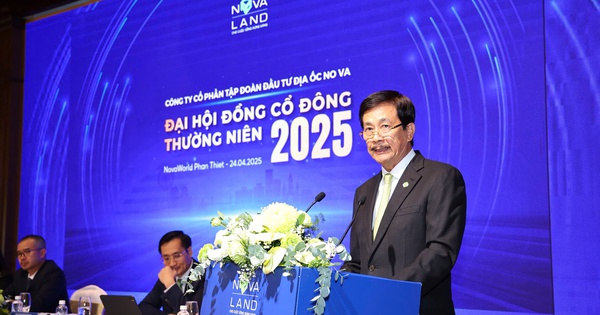





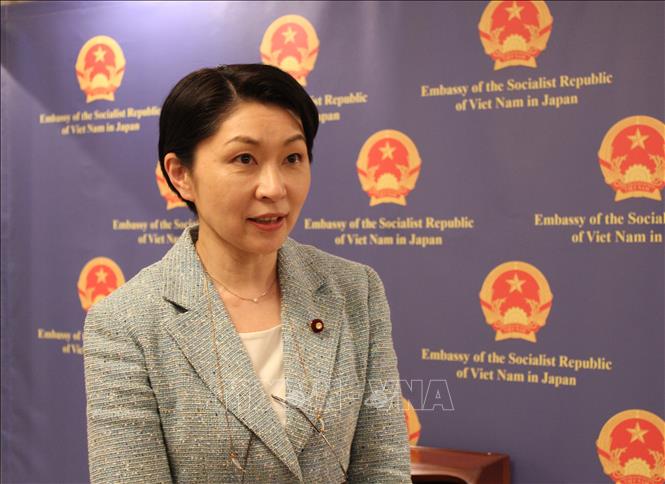


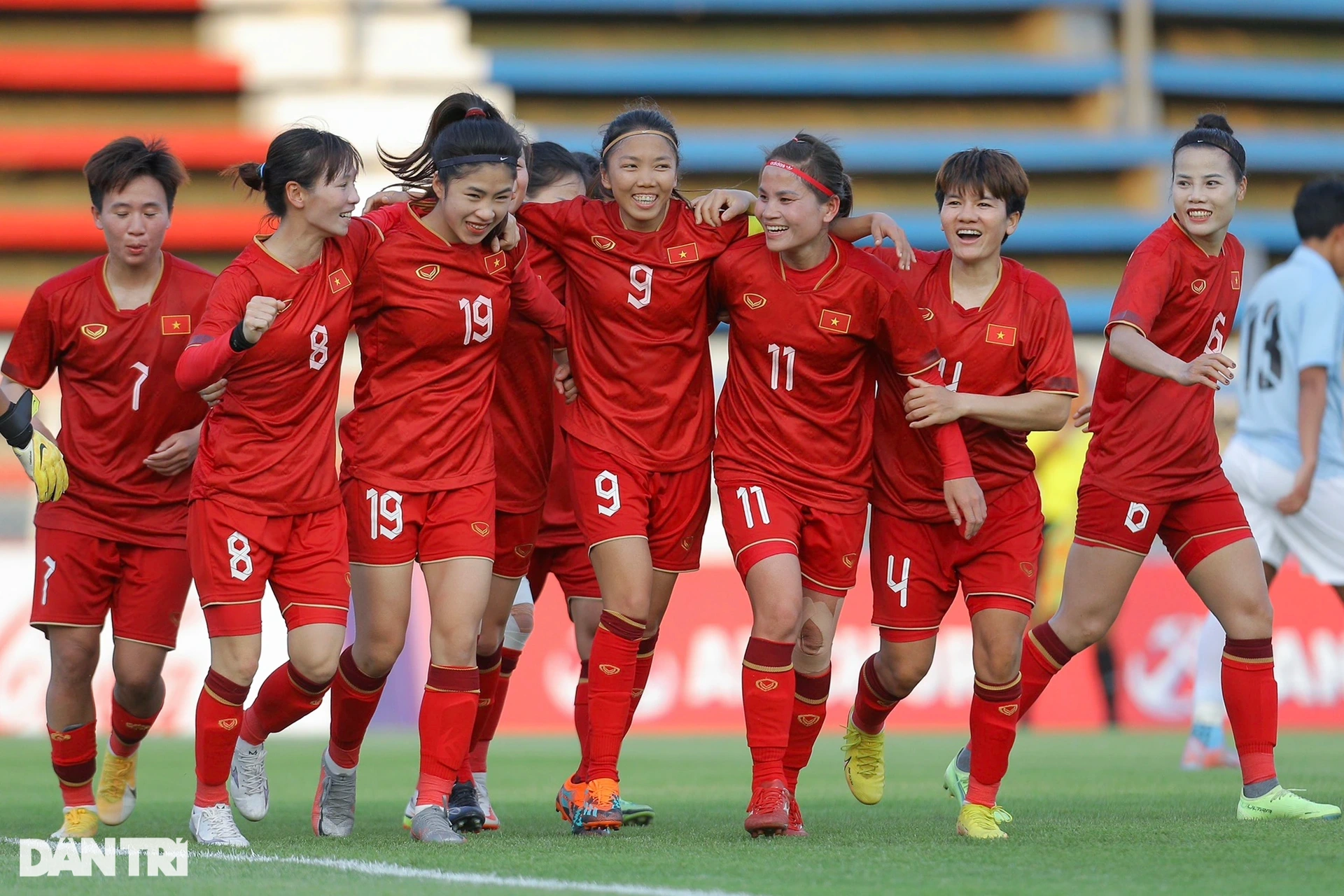





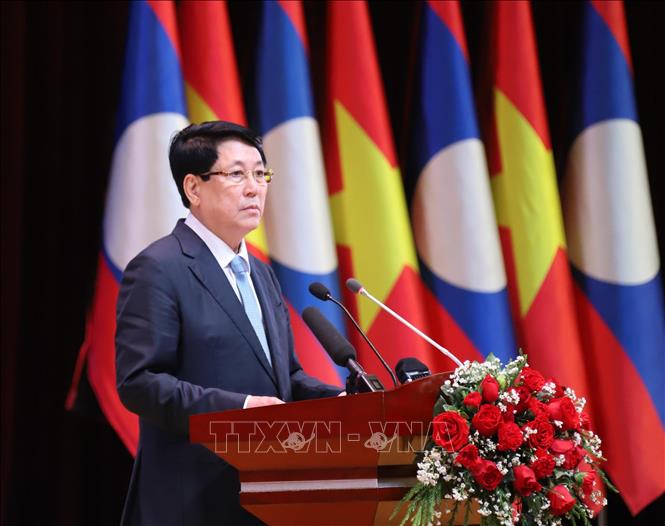





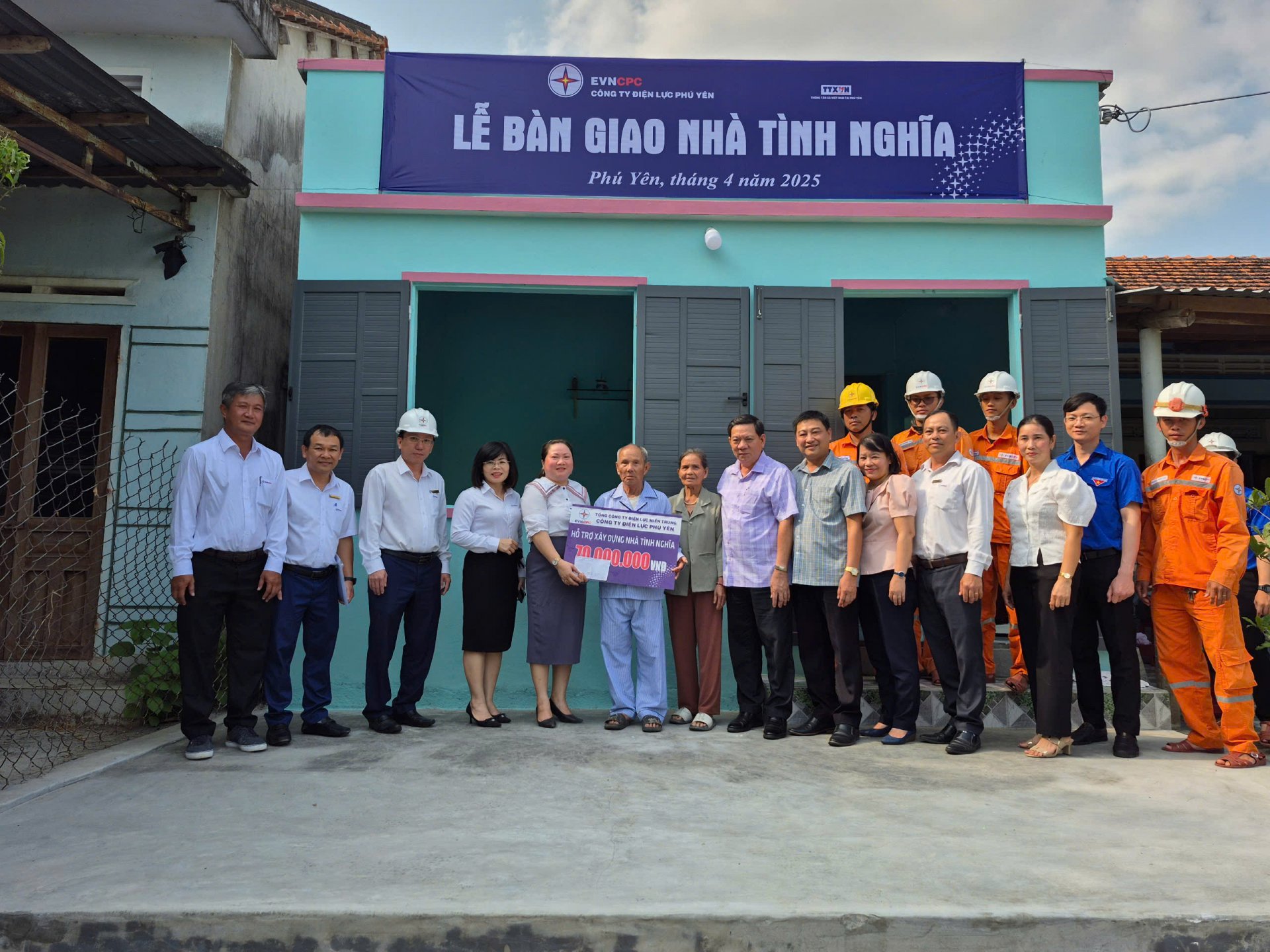

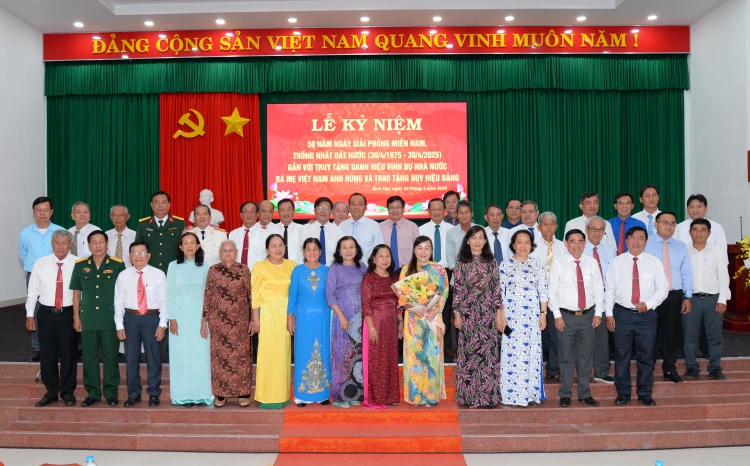





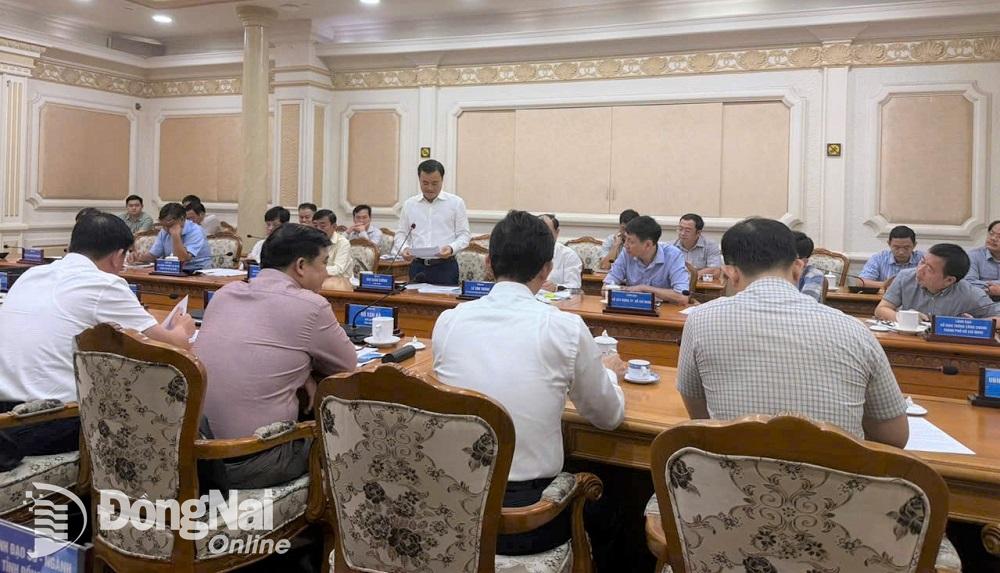

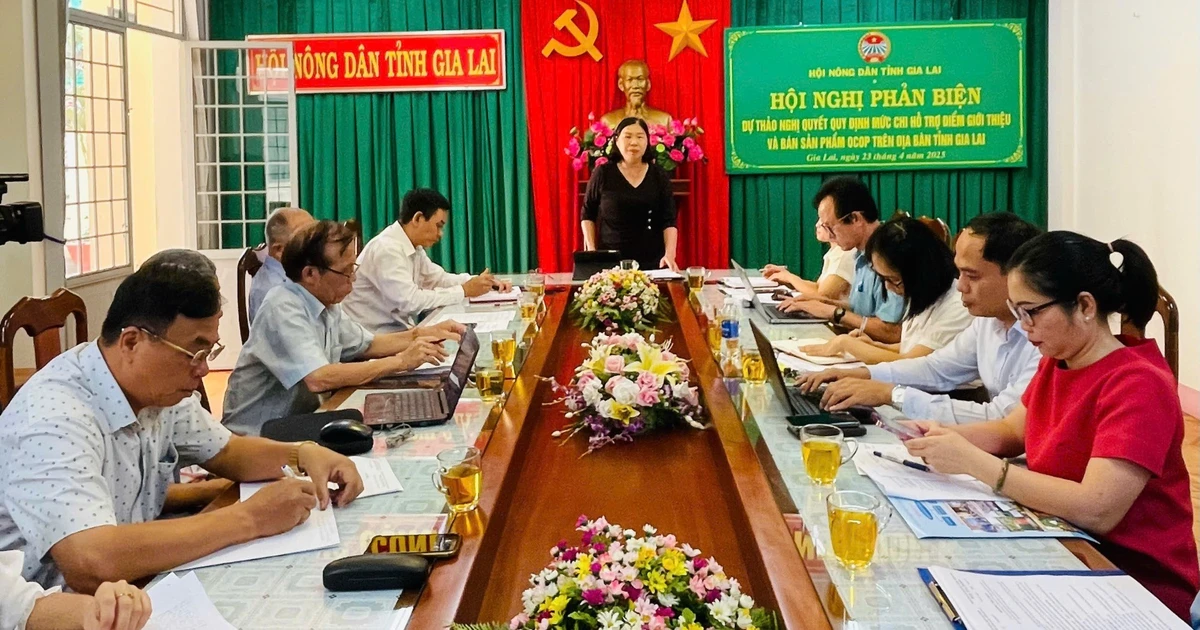









Comment (0)